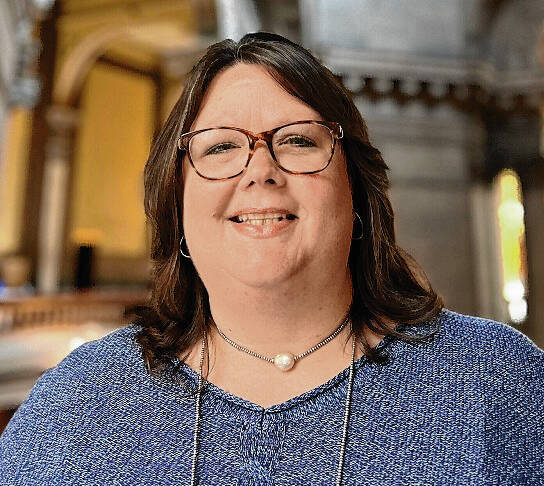Ohio is in the midst of a ballot initiative melee that can only be described as pulling the rug out from under its citizens.
But the fight there has made we wonder if Indiana should have some sort of citizen-driven ballot initiative process for when legislators simply ignore resident wishes and beliefs.
A Buckeye by birth and Hoosier by choice, I have had experience with both sides of the issue.
I voted on several of these initiatives in Ohio before moving to Indiana. I remember learning about term limits, higher education tuition credits and even taxes on carbonated beverages.
Ohio is one of 19 states that has a direct initiative process in which citizens can propose ballot measures without involvement from the state legislature if they meet certain qualifications — usually related to signature gathering and subject matter, as well as various deadlines.
Indeed, Ohio has had more than 300 of the measures since 1900, according to Ballotpedia. Many of those were referred by the legislature but dozens came from the citizen-led process.
Now Ohio is in the middle of changing a key part of the law: the threshold at which a constitutional amendment measure passes. Instead of being a majority at 50% + 1, it would rise to 60%.
And why the sudden need for that change?
Because Ohio citizens were moving to vote on abortion access and GOP legislators just couldn’t handle that. Instead, they pushed through this massive change and created a special Aug. 8 election to have a decision before the abortion rights initiative, which is on the November ballot.
That is a shocking chain of events that should scare Ohio residents. And the irony is Ohio Republicans are using the lower threshold to take away citizen rights.
But in Indiana, using such vehicles is rare and can only be initiated by the Indiana General Assembly.
For instance, in 1988, state voters approved by 62% a constitutional amendment allowing a state lottery. And later individual cities or counties were given the right to approve local casinos in referendums.
In 2008, Indiana lawmakers let voters decide whether to transfer the duty of determining building and land value for property taxes to county assessor offices, a move which would eliminate township assessor offices. Resulting referendums abolished more than 950 such offices across the state.
And in 2010, citizens approved putting property tax caps into the Constitution.
But all those were at the behest of legislators, who have largely dismissed the idea of direct citizen involvement in making the laws or changing the Constitution.
I have long thought it is time to give Hoosiers some sort of direct say in governance but there are ways to limit the power so that it is not abused.
Making it harder to get an initiative on the ballot — without the threshold change — is a worthy discussion for Buckeyes.
Right now, signatures must be collected in 44 of Ohio’s counties and there is a 10-day cure period if a campaign doesn’t gather enough signatures. The new proposal would require signatures from all 88 counties and eliminate the cure.
There is a case to be made that the signature levels can be met going to only more populated parts of the state and leaving out rural Ohio. That is something Indiana should consider if lawmakers here ever move to allow direct initiatives.
Many Hoosiers would love to have medical or recreational marijuana legalization on the ballot, as several other states have done. Others I could think of include the growing financial commitment to private school vouchers; firearms regulations, and of course, abortion access.
Lawmakers often say they trust Indiana voters, so maybe it’s time they show it.
Niki Kelly is editor-in-chief of indianacapitalchronicle.com, where this commentary first appeared. She has covered Indiana politics and the Indiana Statehouse since 1999 for publications including the Fort Wayne Journal Gazette. Send comments to [email protected].





